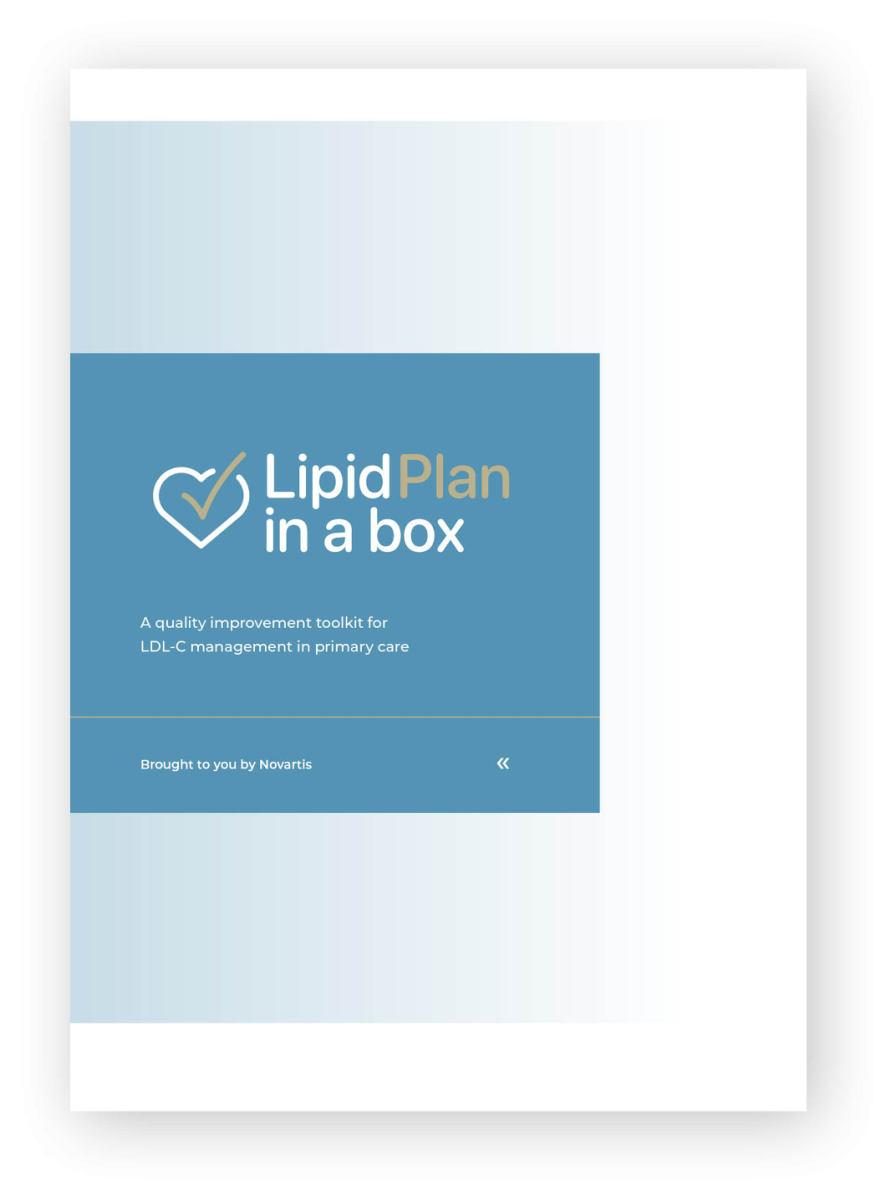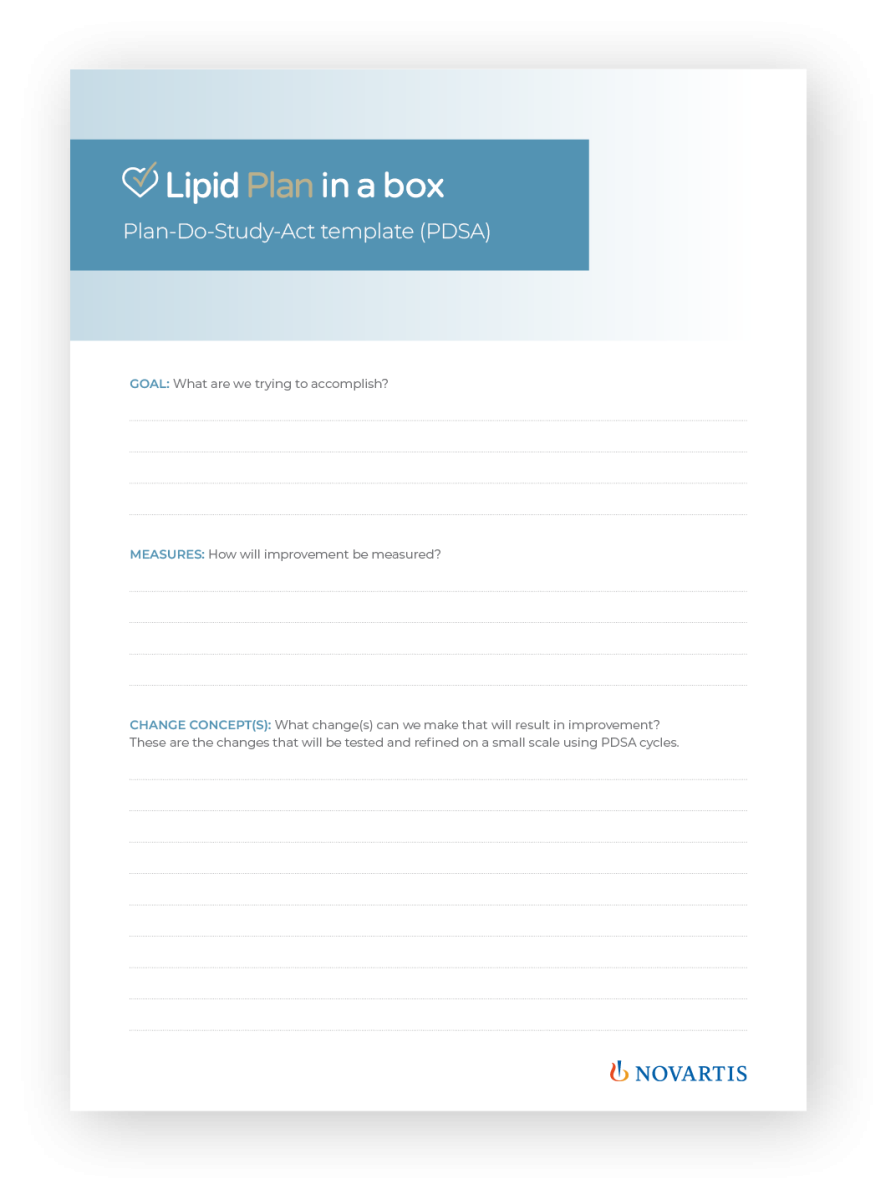LipidPlan in a box QI toolkit [1]
General practitioners play an important role in the management of ASCVD. They are often the first point of contact for patients with non-acute cardiovascular disease, placing them in a key position to manage patients’ cholesterol.1,2
LipidPlan in a box: A quality improvement (QI) toolkit targeting LDL-C offers resources and tools to facilitate the use of Plan-Do-Study-Act (PDSA) cycles to improve ASCVD management in primary care. It is tailored to your practice’s needs, and aims to enhance outcomes for your patients living with ASCVD. It provides tools and resources to facilitate the use of PDSA cycles to test and implement improvements in the management of ASCVD with the aim of optimising outcomes for patients.
QI can benefit your practice, as well as your patients:
- Continuous QI activities, in partnership with your local Primary Health Network (PHN), may be eligible for the Practice Incentives Program (PIP) QI Incentive3
- QI activities, such as PDSA cycles, may contribute to fulfilling continuing professional development requirements4
LipidPlan in a box was developed with the guidance of a multidisciplinary steering committee of primary care experts.

LipidPlan in a box manual
The LipidPlan in a box manual contains everything you need to know to get started with ASCVD quality improvement activities in your practice.

LipidPlan in a box PDSA cycle template
Download the PDSA cycle template to record your quality improvement activities.

LipidPlan in a box resources
Access LipidPlan in a box clinical resources that can help you in implementing quality improvement activities for ASCVD in your clinical practice.